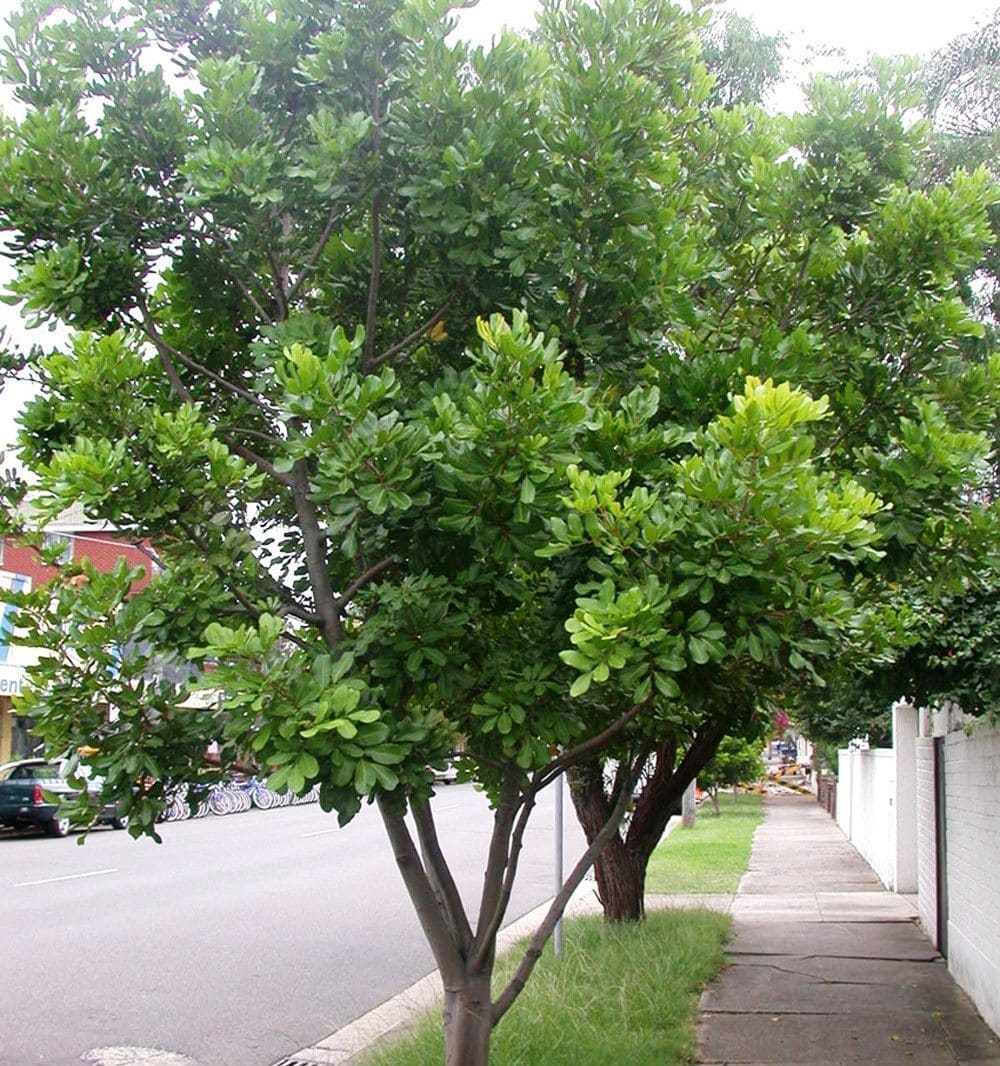
Cupaniopsis 'Tuckeroo Tree' 16" Pot Hello Hello Plants & Garden Supplies
Cupaniopsis anacardioides (Tuckeroo) Hardy, handsome rounded tree with lovely greenish to white flowers. Brilliant yellow fruit with bright red seeds. Excellent medium sized evergreen specimen which produces an impressive neatly formed canopy of dense shade. More information. 5-8M Cupaniopsis anacardioides (Tuckeroo)

Cupaniopsis anacardioides"Tuckeroo" Paten Park Native Nursery
Tuckeroo (Cupianopsis anacardioides) is a fast-growing tree that is suitable for warmer coastal areas. Shiny foliage, small greenish flowers are followed by pretty yellow-orange fruits. Full sun Regular watering Well drained/sandy soil All year How to grow tuckeroo in a garden How to grow tuckeroo in a pot Growing tips

Cupaniopsis anacardioides Carrotwood Tuckeroo HD 01 YouTube
Family Sapindaceae Common name: tuckeroo Cupaniopsis anacardioides (A.Rich.) Radlk. APNI* Synonyms: Cupania anacardioides A.Rich. APNI* Description: Small to medium-sized tree; new growth shortly appressed-pubescent, becoming glabrous.

CUPANIOPSIS anacardioides (Tuckeroo) Australian Native Tree Emaho Trees
It's a common tree on the east and north coasts of Australia and was imported in the 1960's to Florida, Texas and California for landscaping. It has not become a pest in California. What caught my eye the first time I saw them was the distinctive shape of the fruit, three lobed comprised of six segments.
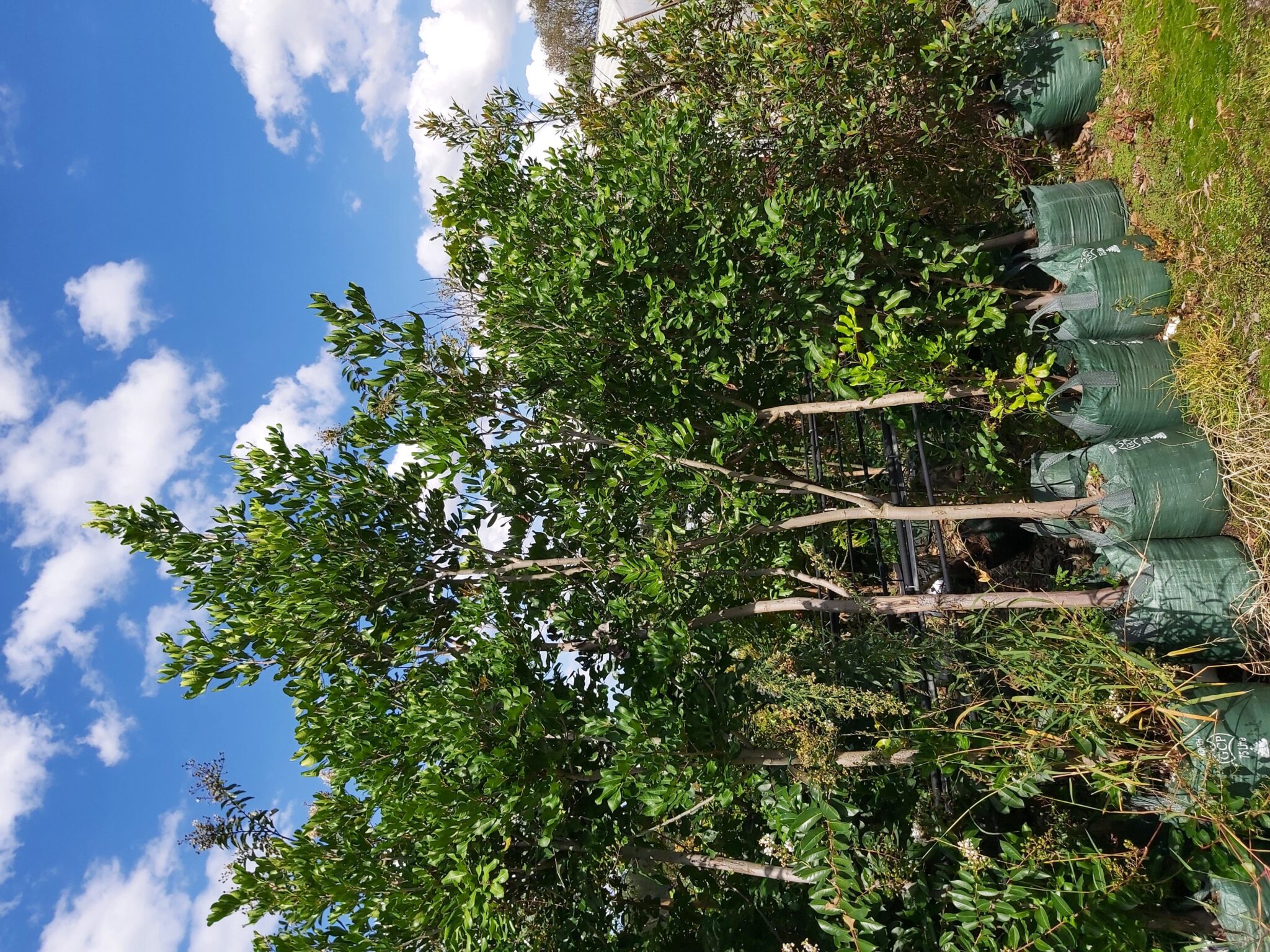
Cupaniopsis anacardioides ‘Tuckeroo’ 75L Camden Nurseries
Cupaniopsis anacardioides or the Tuckeroo is an evergreen tree with a broad, irregular conical crown. The leaves are made up of 5 to 9 leathery, glossy green leaflets.
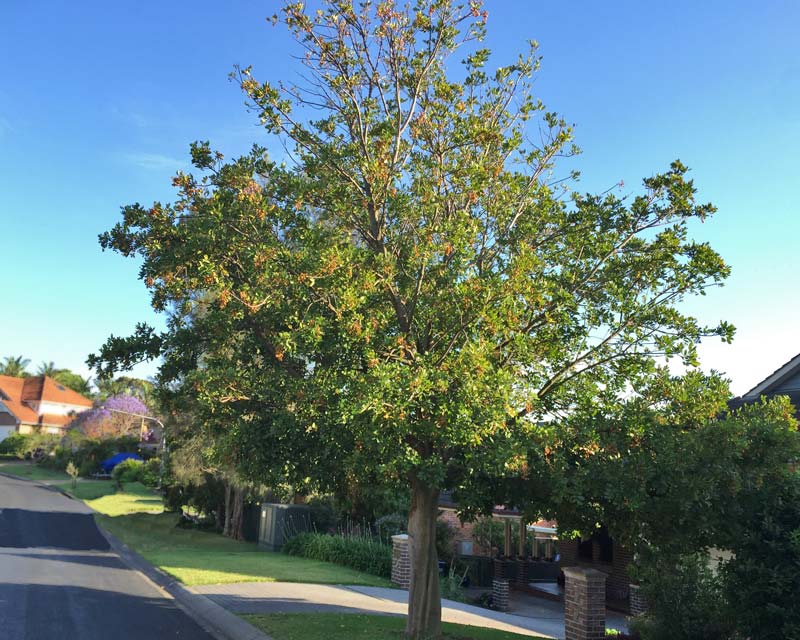
Cupaniopsis anacardioides
Tuckeroo Cupaniopsis anacardioides "Cupaniopsis anacardioides" is a species of flowering tree in the soapberry family, Sapindaceae, that is native to eastern and northern Australia. The usual habitat is littoral rainforest on sand or near estuaries.. "Cupaniopsis anacardioides" is an invasive species in some parts of the United States.

Cupaniopsis anacardioides.tuckeroo Diversity Native Seeds
The carrotwood tree, also commonly called by its botanical name Cupaniopsis, is an evergreen tree in the soapberry family widely used in California coastal areas as a street tree. At the same time, it grows invasively in Florida and Hawaii; it's prohibited to grow in Florida and strongly discouraged from growing in Hawaii.

Cupaniopsis anacardioides Tuckeroo, Carrotwood
Cupaniopsis anacardioides or Tuckeroo is a fast growing native tree with dark green glossy foliage small green-white flowers that are followed by orange berries. Makes a good shade specimen or street tree. Prefers a sunny to partly shaded position and prefers moist well drained soils. A hardy variety that. Read more SHARE

Cupaniopsis anacardioides (Tuckeroo) — Territory Native Plants
Preferred Scientific Name Cupaniopsis anacardioides (A. Rich.) Radlk. Preferred Common Name carrotwood Other Scientific Names Cupania anacardioides A. Rich. (1834) International Common Names English tuckeroo Local Common Names Australia cashew-leaf cupuania EPPO code CJQAN (Cupaniopsis anacardioides) Pictures Seedlings
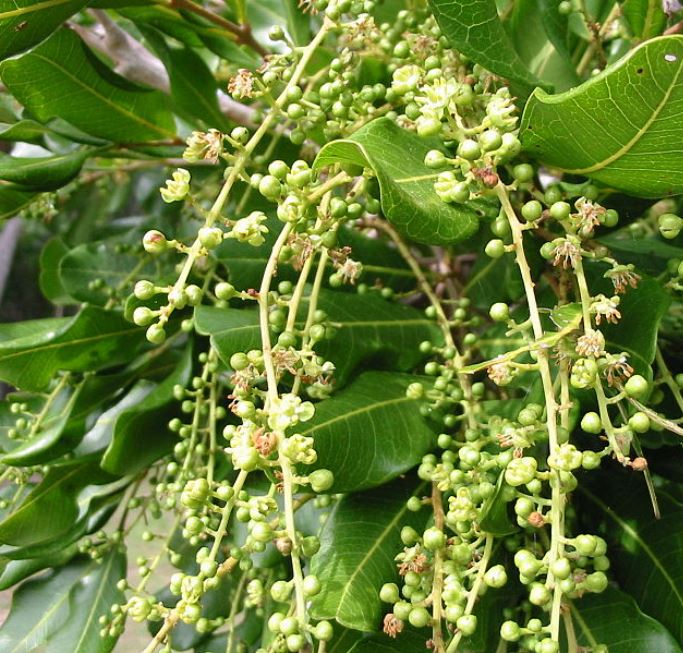
Cupaniopsis anacardioides (Tuckeroo) Tree & Arbor Supplies
Cupaniopsis anacardiodes - tuckeroo The tuckeroo is a useful small tree for coastal plantings in warm areas. It has attractive glossy green large leaves, smooth grey bark, and a spreading crown shape, making it a good shade tree. It has green-yellow flowers in spring followed by decorative orange-yellow seed pods in summer.

How to Grow a Tuckeroo Tree (Cupaniopsis anacardioides) Ultimate Backyard
The tuckeroo tree is a highly attractive Australian native tree with a lovely rounded shape and non-invasive roots. It's popular for planting as a specimen tree on your nature strip or anywhere around your home and can often be found in public areas as well. Written by: Annette Hird Last Updated: November 27, 2023 4 Comments
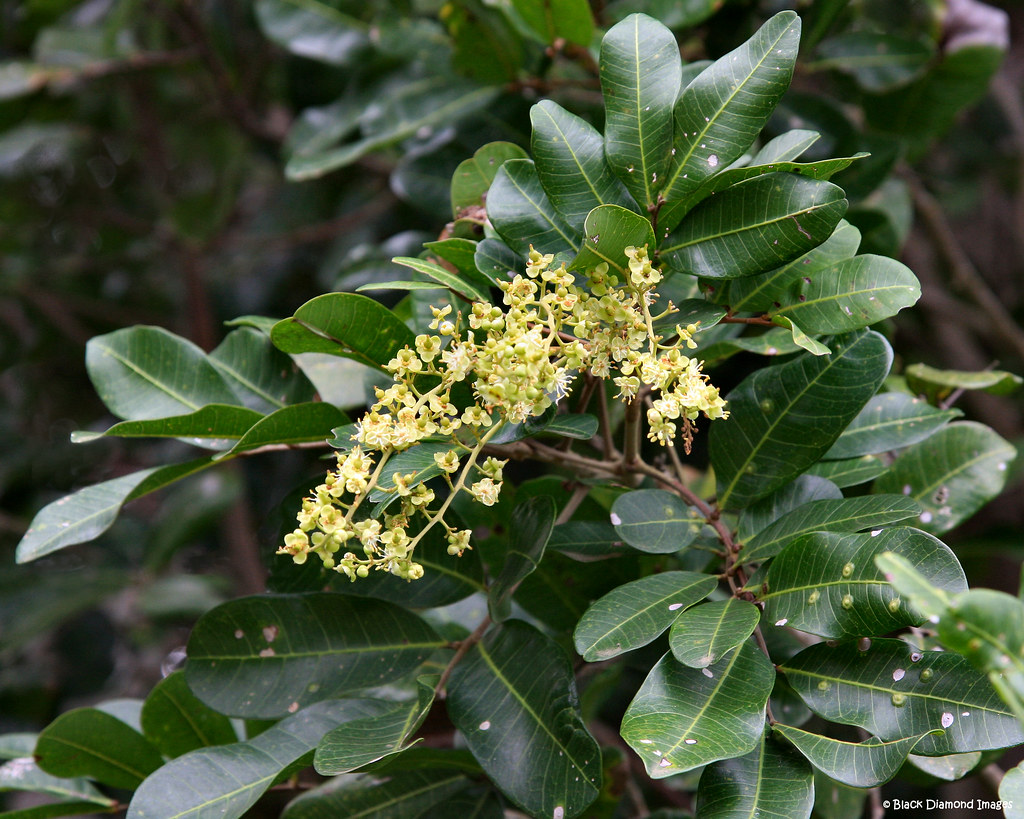
Cupaniopsis anacardioides Tuckeroo Copyright All Right… Flickr
Tuckeroo is a common name suffix for some species in Australia. [7] [8] [9] C. anacardioides has been introduced into the United States, where in some parts they are invasive plants, primarily in Florida and Hawaii, where the common name Carrotwood applies. [10] Conservation
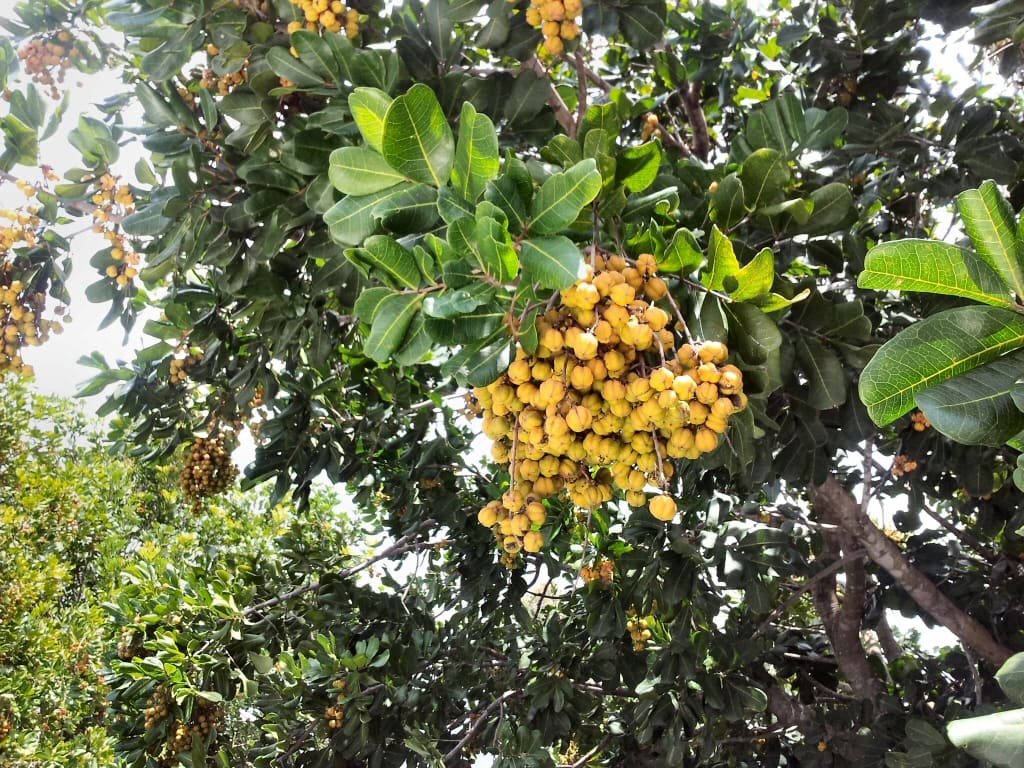
Cupaniopsis 'Tuckeroo Tree' 16" Pot Hello Hello Plants & Garden Supplies
Cupaniopsis anacardioides, with common names tuckeroo, carrotwood, beach tamarind and green-leaved tamarind, is a species of flowering tree in the soapberry family, Sapindaceae, that is native to eastern and northern Australia. The usual habitat is littoral rainforest on sand or near estuaries. The range of natural distribution is from Seven Mile Beach, New South Wales (34.8° S) to Queensland.
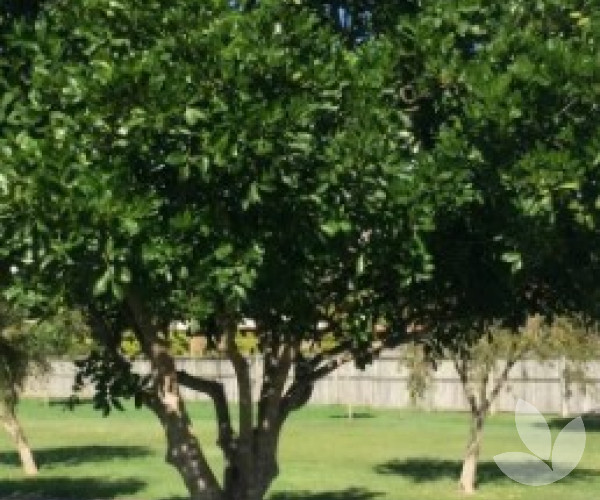
Cupaniopsis anacardioides Tuckeroo Trees Speciality Trees
AnacardioidesAnacardiumCupaniopsis alternate pinnately compound ovate obovate shape, with either a blunt or a notched apex, a dark glossy green on top and a lighter green beneath. The veins are distinct on both the top and the bottom of the leaflets. axillary panicles. The flowers appear in winter, but it is the fruits that are the real attraction.

How to Grow a Tuckeroo Tree (Cupaniopsis anacardioides) Ultimate Backyard
Cupaniopsis anacardioides, with common names tuckeroo, carrotwood, beach tamarind and green-leaved tamarind, is a species of flowering tree in the soapberry family, Sapindaceae, that is native to eastern and northern Australia. The usual habitat is littoral rainforest on sand or near estuaries. [3]
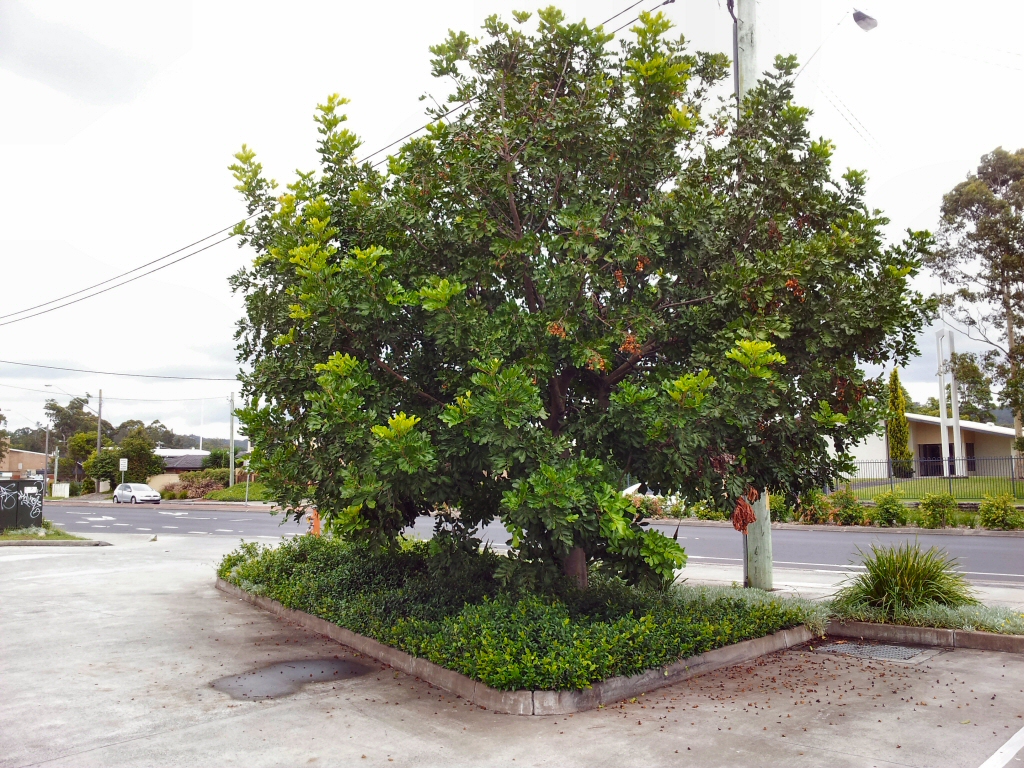
Cupaniopsis anarcardiodes Tuckeroo Gardening With Angus
Blog | Tuckeroo Tree - Australian Native Guide Tuckeroo Tree - Australian Native Guide I can barely pronounce Cupaniopsis anacardioides so thankfully it's more commonly known as the Tuckeroo tree. We had one in our garden growing up, and we were always hanging out under its shady leaves and daydreaming.